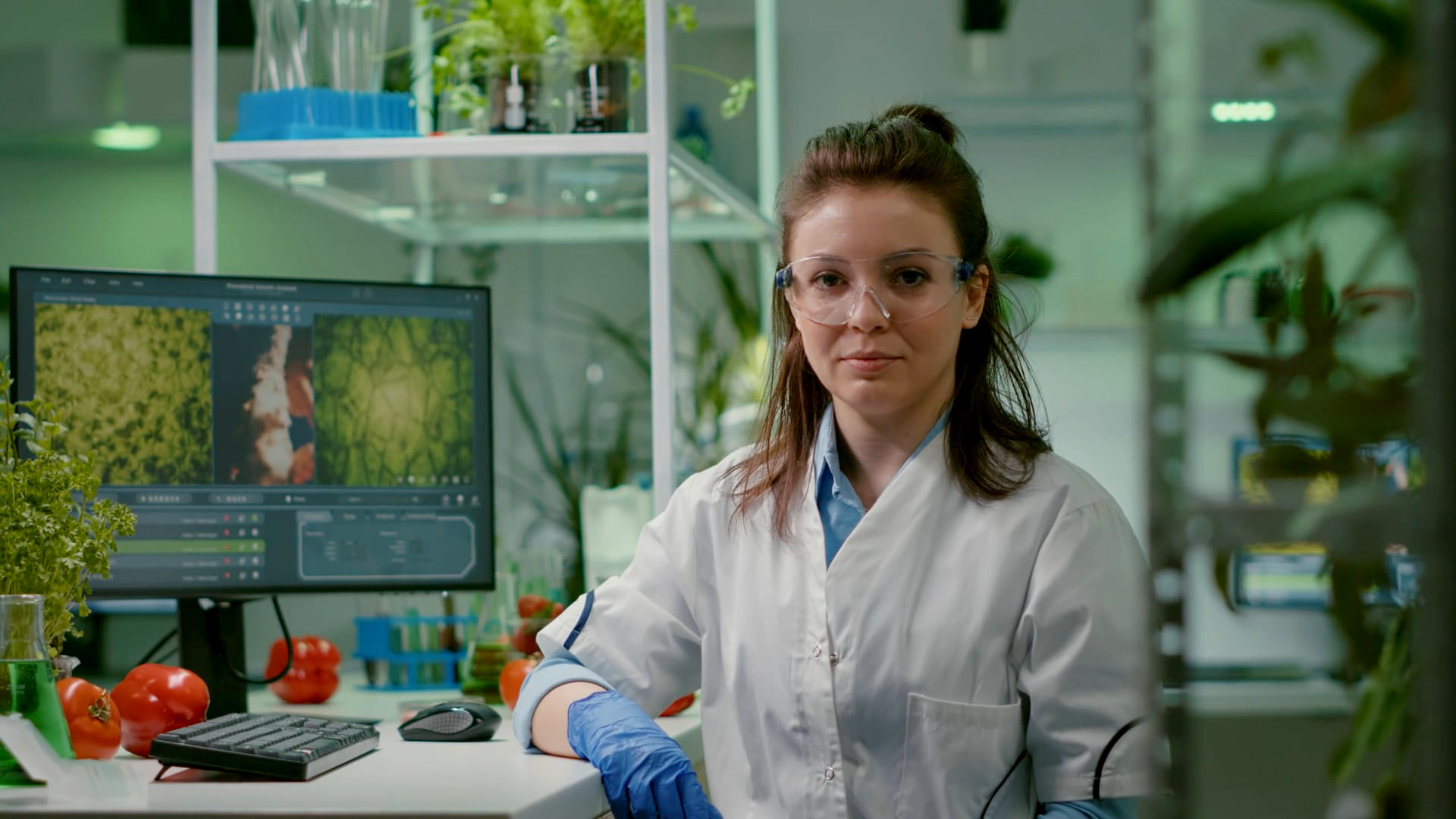In the world of science, tech, engineering and math (STEM), women and girls face numerous barriers to full participation — in fact, less than one third of STEM jobs in Canada are held by women. But these five women and girls are inspiring the next generation and making the future of STEM look bright.

Alison Criscitiello: Ice Core Explorer
For many people, ice is just something to skate on or a winter nuisance. But for Alison Criscitiello, a glaciologist, mountaineer and director of the Canadian Ice Core Lab at the University of Alberta, ice carries important clues about the past and future. Criscitiello specializes in paleoclimate and sea ice research, drilling ice cores (vertical ice cylinders) from ancient ice sheets and glaciers in Antarctica, Alaska and the Canadian High Arctic to uncover long-term environmental shifts. In 2022, she led an expedition to Mount Logan, Canada’s highest peak, where her team successfully extracted a 327-meter-deep ice core that set a record for the deepest non-polar ice core in the world. A National Geographic Explorer and Royal Canadian Geographical Society Fellow, Criscitiello also co-founded Girls on Ice Canada to inspire the next generation of young women scientists through outdoor exploration.
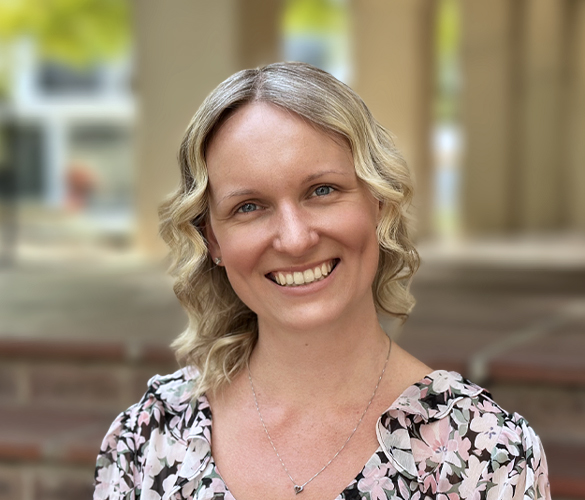
Rachel Baker: Engineering Cleaner Chemicals
Is it possible to make the essential chemicals we use every day without relying on fossil fuels? Rachel Baker thinks it is. As an assistant professor of chemical engineering at Queen’s University and a Forbes 30 Under 30 North America 2025 honoree, Baker is pioneering new ways to produce key ingredients found in everything from medicine to manufacturing. Her lab uses electricity and biomass from trees and plants to create hydrocarbons, alcohols and aldehydes while cutting down on environmental impact. Baker is also developing techniques to turn carbon dioxide into useful compounds, transforming waste into valuable resources. By pushing the boundaries of electrochemistry, Baker is helping pave the way to a future where chemical production is not only sustainable, but potentially carbon-negative.
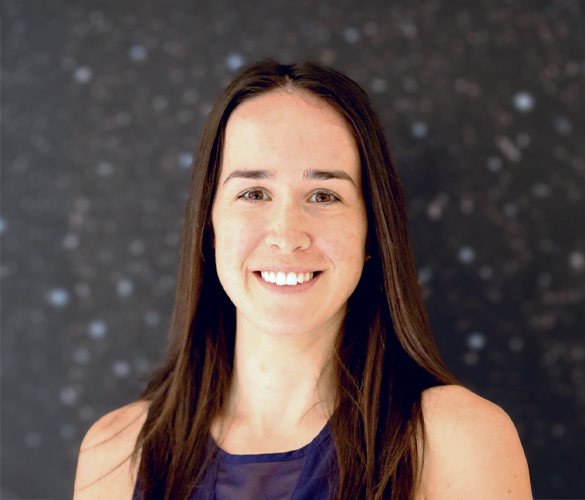
Laurie Rousseau-Nepton: Tracing the Ancestry of Stars
Laurie Rousseau-Nepton, the first Indigenous woman in Canada to earn a PhD in astrophysics, sees the connections between astronomy and her culture. Her work is shaped by Innu perspectives that connect the stars to ancestors and the greater cycle of creation. A former resident astronomer at the Canada-France-Hawaii Telescope, Rousseau-Nepton has dedicated her career to studying how stars form and evolve over generations. Now, as an assistant professor at the University of Toronto’s Dunlap Institute for Astronomy and Astrophysics, she’s the principal investigator of SIGNALS, an ambitious survey mapping over 50,000 star-forming regions in dozens of nearby galaxies, and exploring how one generation of stars influences the next, shaping solar systems, planets and life itself.
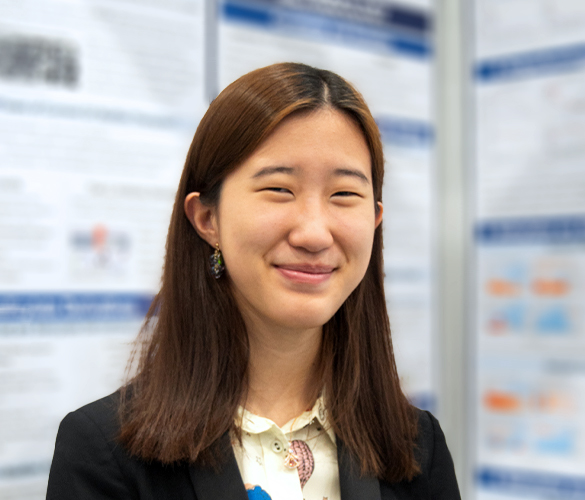
Ann Wang: Breaking the Biofilm Barrier
Cystic fibrosis (CF) is a notoriously difficult disease to treat, but Vancouver high school senior Ann Wang is up for the challenge. Her award-winning novel research focuses on eradicating biofilms, the sticky bacterial clusters that can make CF-induced lung infections deadly. Wang grew biofilms in lab plates, treated them with different drug combinations, and used stains and high-resolution imaging to measure their destruction. She discovered that salicylates, a common class of compounds, can break down CF biofilms far more effectively than current antibiotics. Wang’s more accurate method for testing drug synergy could lead to safer, more effective CF treatments in the future.
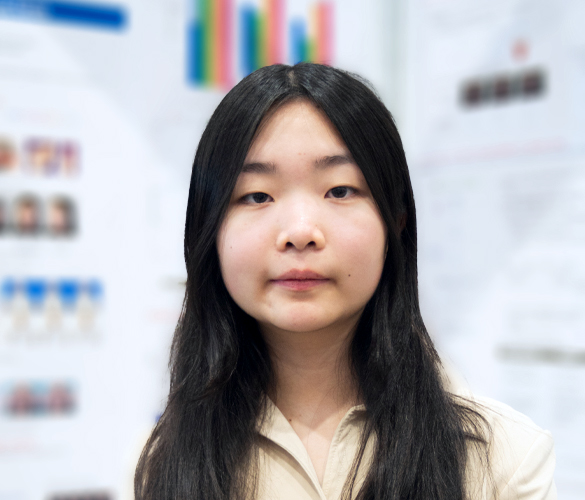
Angela Cao: Seeing the Signs in AI
Each year, an estimated 2,000 Canadian children are born with significant hearing impairment, most to hearing parents who don’t know sign language. Sixteen-year-old Vancouverite Angela Cao is working to close this communication gap with S2S, an AI-powered system that translates between sign and spoken languages, making real-time conversations more accessible. Her invention won Best Project (Innovation) at the 2024 Canada-Wide Science Fair for its ability to process multi-dimensional video data and allow more natural and fluid communication, something many existing models struggle to do. Now a first-year science student at the University of British Columbia, Cao hopes to see her sign language translation system integrated into mobile phones, making everyday communication easier for those who need it most.
